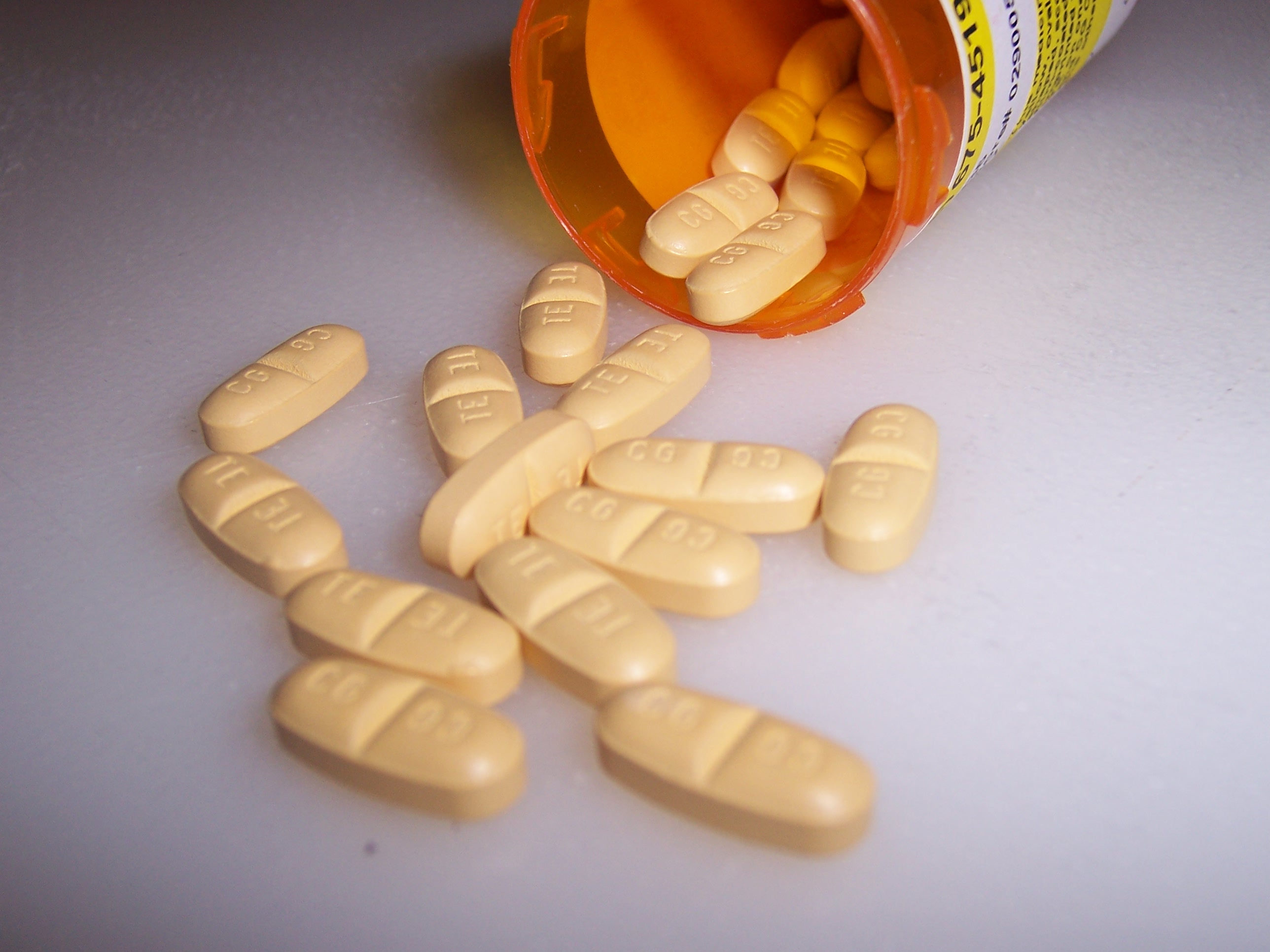 It has been twenty years since I left The Wall Street Journal, and still I revere the paper and, in particular, its erudite and provocative editorials and op ed pages. That’s twenty years since I snagged a byline in The Journal byline–until just now. Here’s my op ed from Thursday, January 4, 2018, on the Next Big Tort and the opioid onslaught
It has been twenty years since I left The Wall Street Journal, and still I revere the paper and, in particular, its erudite and provocative editorials and op ed pages. That’s twenty years since I snagged a byline in The Journal byline–until just now. Here’s my op ed from Thursday, January 4, 2018, on the Next Big Tort and the opioid onslaught
You can find it here…
https://www.wsj.com/articles/the-opioid-crisis-has-plaintiff-lawyers-smelling-cash-1515024267
And read it here:
America’s unrivaled pharmaceutical industry develops and manufactures more than half of the world’s new medicines and treatments. Its global dominance is due in part to the largely unregulated prices and uncapped profit margins that make America the world’s most lucrative market. Yet Big Pharma has an image problem: The industry has been tainted by the opioid crisis.
Pills that were developed to quell pain and restore quality of life to the sick and injured have contributed to an unprecedented wave of overdose deaths—about 64,000 in 2016. That’s more Americans dead in one year from opioids than were killed during the 19-year conflict in Vietnam.
Where there is death, plaintiffs’ lawyers follow. Lawsuits related to the opioid crisis could eventually grow into one of the largest torts since the $246 billion settlement exacted 20 years ago from the tobacco companies by attorneys general in 46 states. In the opioid onslaught, as in the tobacco case, a small gang of lawyers have teamed up with state, county and city governments to file lawsuits—more than 100 so far—against drug companies in various jurisdictions. Forty-one states have joined forces to subpoena information from Allergan Inc., Endo International , Johnson & Johnson ’s Janssen unit, and Teva Pharmaceuticals , the four biggest makers of opioids. The No. 1 target may be OxyContin creator Purdue Pharma. An October story in the New Yorker alleged that Purdue, owned privately by the Sackler family, had raked in billions of dollars by fabricating claims that the drug posed no risk of addiction.
The rush of lawsuits is accelerating, although just 23% of the drug-overdose deaths in 2016 involved narcotics that had been legitimately prescribed by doctors, according to government data. Almost 60% of overdose deaths in 2016 involved heroin, fentanyl and other street drugs. But drug dealers lack the deep pockets of drugmakers and retailers; like Willie Sutton, lawyers know to go where the money is.
Plaintiffs’ lawyers in the 1990s didn’t sue trucking companies for transporting cartons of cigarettes. But today’s litigants may be casting a wider net because of three clear differences between opioids and cigarettes. First, the drugs have therapeutic value that cigarettes don’t. Second, no one has yet been able to prove that drug companies lied about or covered up addiction risks the way tobacco companies did. Finally, opioids have long been regulated by the Food and Drug Administration, while cigarettes came under FDA oversight only in 2009.
These mitigating factors could shield the pharmaceutical industry from Big Tobacco’s fate, but certain ugly facts could end up costing drugmakers billions in damages, both financial and reputational. As the Charleston Gazette-Mail discovered in a Pulitzer Prize-winning 2016 investigation, wholesalers shipped 780 million opioid pills into West Virginia between 2007 and 2012—enough to provide every man, woman and child in the state with 433 pain pills each.
Big Pharma needs to get out in front of this unfolding threat to the industry’s survival. Opioid makers should start by declaring a voluntary moratorium on the number of pills they produce and an end to their aggressive marketing to doctors and patients. They also could convene a public meeting of manufacturers, distributors and retailers to brainstorm ways of stemming the epidemic. Further consultations with doctors, nurses, patient representatives and addiction experts could help develop longer-term solutions.
Drug companies also should join forces and hire a veteran litigator from the tobacco wars to help them devise a pre-emptive settlement that sets up a fund to pay for medical treatment and addiction counseling. It’s going to be costly—$25 billion would be getting off cheap—but the costs of doing nothing could ultimately prove much higher.
Mr. Kneale is a media strategist. He assisted Michael Sitrick in writing “The Fixer: Secrets for Saving Your Reputation in the Age of Viral Media,” to be published Jan. 8.